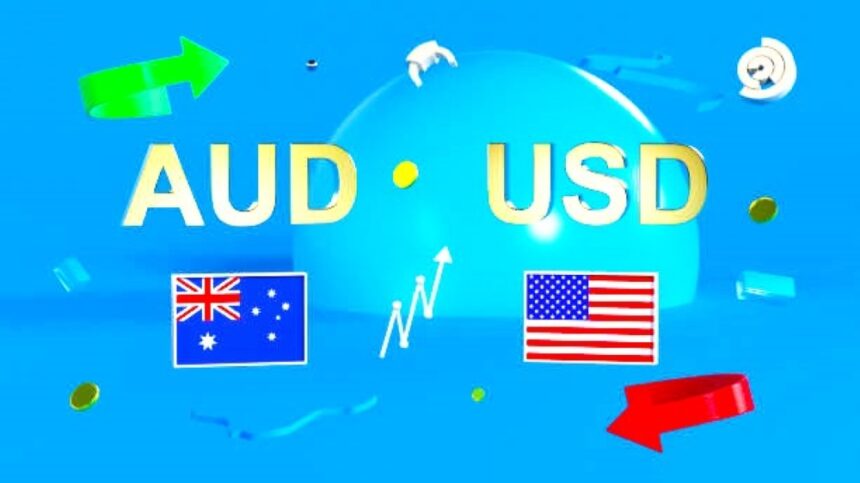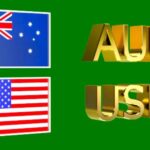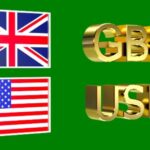Australian dollar is strengthening despite US President Donald Trump’s new trade threats.
On Wednesday, the Australian Dollar (AUD) recovered from its daily losses versus the US Dollar (USD). However, the AUDUSD pair struggled due to increased risk aversion following US President Donald Trump’s new tariff threats. Investors are waiting for the Federal Open Market Committee (FOMC) Meeting Minutes, which will be released later in the North American session.
Australia’s wage price index climbed by 0.7% quarter on quarter, falling short of the predicted 0.8% gain.
Australia’s Wage Price Index climbed by 0.7% quarter-on-quarter in Q4 2024, falling shy of the predicted 0.8% gain and down from the prior quarter’s 0.9% increase. Annually, the index increased by 3.2%, slowing from a revised 3.6% in the previous quarter and in line with expectations. This represents the smallest wage growth since Q3 2022.
The AUD suffered extra negative pressure when the Reserve Bank of Australia (RBA) reduced its Official Cash Rate (OCR) by 25 basis points (bps) to 4.10% on Tuesday, the first rate drop in four years.
Following the policy decision, RBA Governor Michele Bullock admitted that high interest rates have an influence, but stressed that it is premature to declare success over inflation. Bullock again emphasized the robustness of the labor market and stated that additional rate decreases are not inevitable, despite market expectations.
Daily Market Update: The Australian dollar could drop owing to a risk-off mentality following Trump’s tariff threats.
The US Dollar Index (DXY), which measures the USD against six major currencies, has dropped to approximately 107.00. Meanwhile, US Treasury yields are 4.29% for the 2-year note and 4.55% for the 10-year note as of writing.
The USD may regain strength as risk sentiment flips following new tariff threats from US President Donald Trump. According to Bloomberg, Trump announced on Tuesday that he intends to put a 25% tax on foreign automobiles, with larger tariffs predicted on semiconductor chips and pharmaceuticals. He said that an official announcement may occur as early as April 2.
San Francisco Fed President Mary Daly indicated on Tuesday that expectations for further rate reduction in 2025 persist an overall positive bias toward US economic fundamentals.
San Francisco Fed President Mary Daly indicated on Tuesday that expectations for further rate reduction in 2025 persist an overall positive bias toward US economic fundamentals, the outlook remains uncertain. Philadelphia Fed President Patrick Harker stressed the need of maintaining a stable interest rate policy, saying that inflation has been high and persistent in recent months.
Federal Reserve Governor Michelle Bowman said on Monday that rising asset prices may have delayed the Fed’s recent efforts on inflation. While Bowman anticipates inflation to fall, she stressed that upside risks still exist and emphasized the need for more certainty before considering rate reduction.
The US Census Bureau reported on Friday that retail sales declined 0.9% in January, following a revised 0.7% increase in December (originally reported as 0.4%). This loss exceeded the market’s expectation of a 0.1% drop.
Fed Chair Jerome Powell noted in his semi-annual report According to the report to Congress, board officials “do not need to be in a hurry” to lower interest rates due to job market strength and strong economic development. He said that US President Donald Trump’s trade measures could put additional upward pressure on prices, making it more difficult for the central bank to cut interest rates.
On Monday, Chinese President Xi Jinping met with Alibaba co-founder Jack Ma and other famous entrepreneurs, signifying Beijing’s reinvigorated support for the private sector, which is now viewed as critical to economic recovery, according to Bloomberg. Xi underlined the importance of eliminating barriers that prevent equal access to manufacturing resources and fair market competitiveness.








